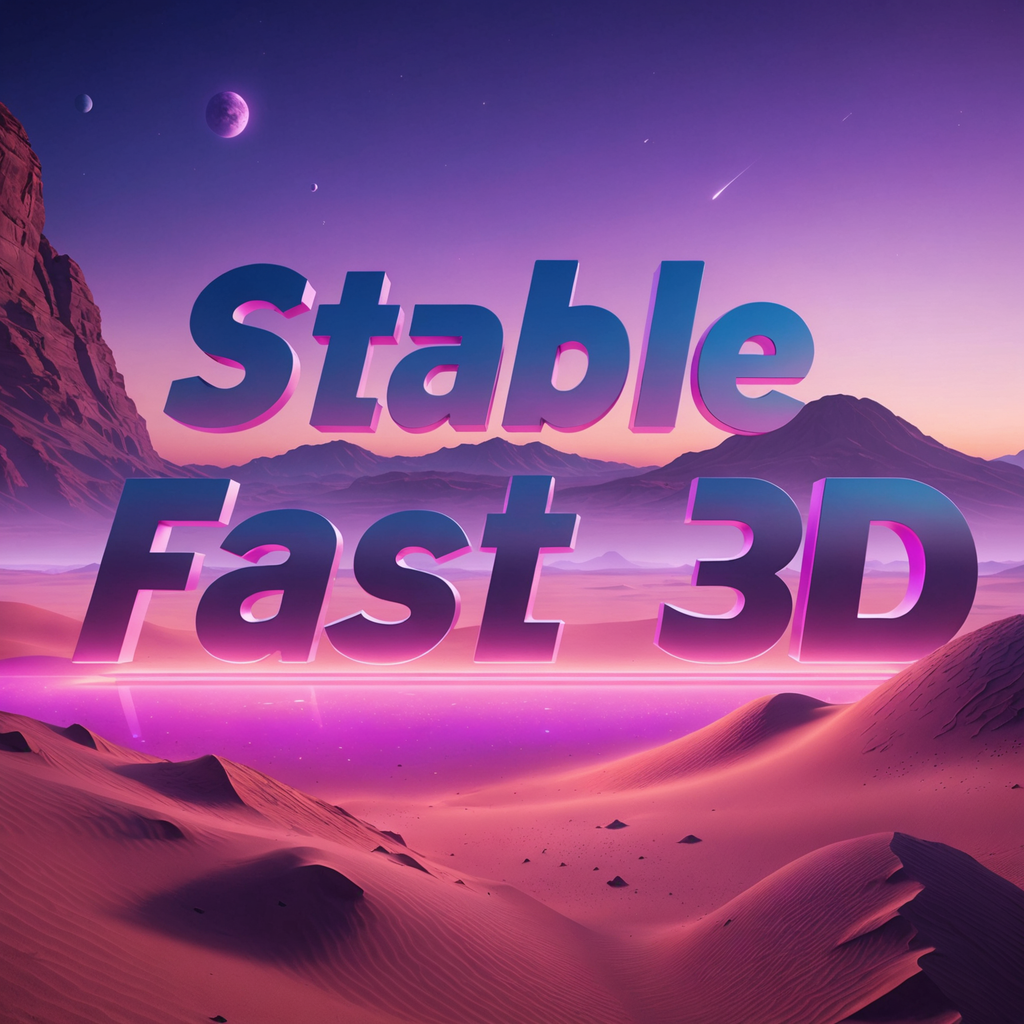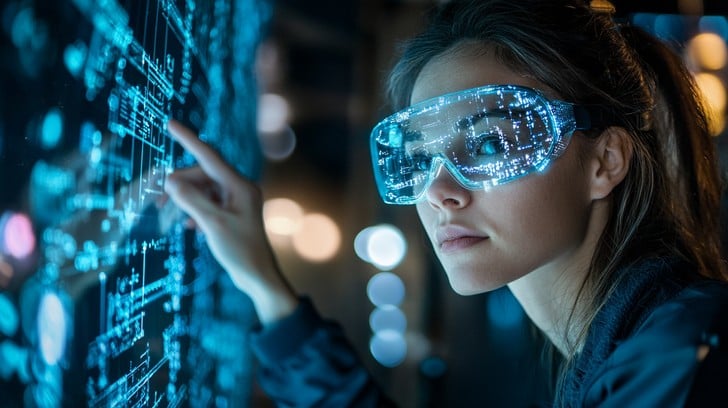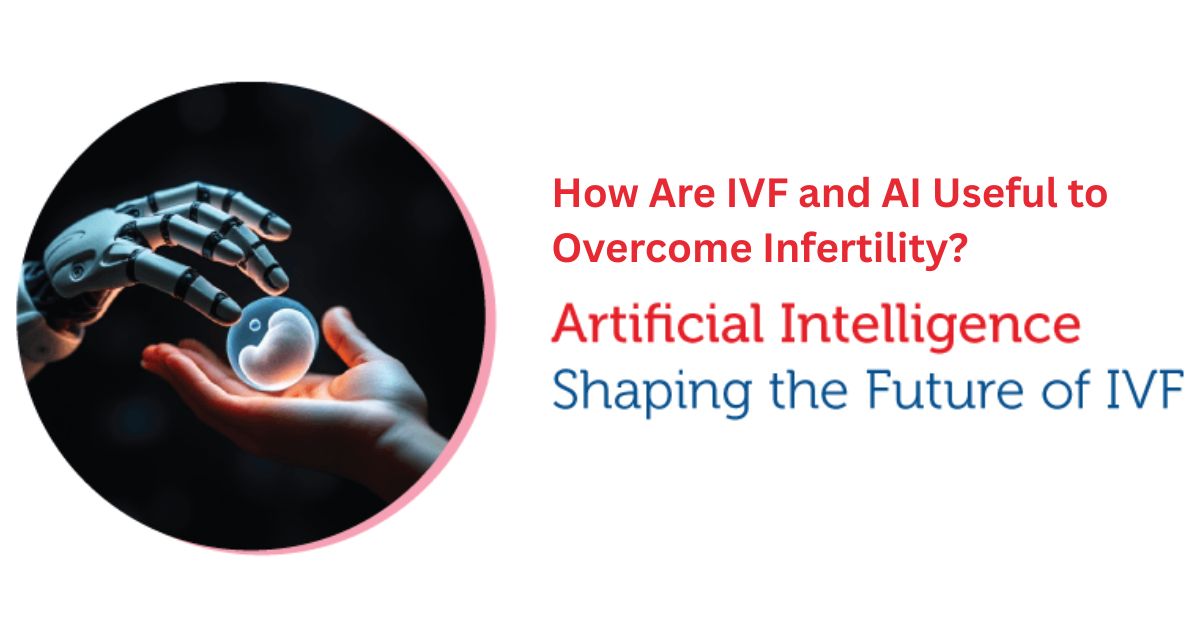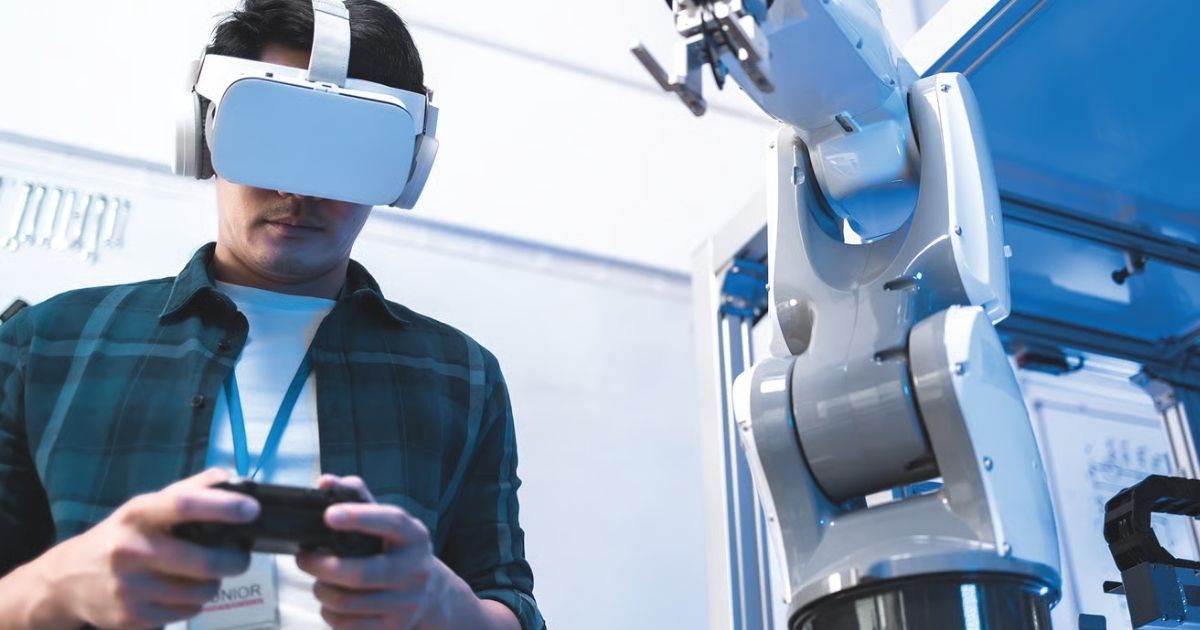Stability AI has once again raised the bar in artificial intelligence and 3D reconstruction with the release of their latest model, Stable Fast 3D.
This cutting-edge technology sets a new standard for speed and quality in 3D asset generation, enabling the creation of high-quality 3D models from a single image in just 0.5 seconds. This post provides a detailed overview of Stable Fast 3D, its groundbreaking capabilities, and the wide-ranging applications that make it an essential tool for professionals across various industries.
The Next Step in 3D Asset Generation

Stable Fast 3D represents a significant leap forward from traditional methods of 3D reconstruction, which often require multiple images or complex data inputs and can take minutes or even hours to produce a usable 3D model. Stability AI's new model streamlines this process by allowing users to generate a complete 3D asset from just one image.
What sets Stable Fast 3D apart from its predecessors and competitors is not just its speed but also the quality of the output. The model generates a UV-unwrapped mesh, accurate material parameters, and albedo colors with minimal illumination bake-in, ensuring that the final product is both realistic and ready for immediate use in a variety of applications.
Technical Innovations Driving Speed and Quality
Stable Fast 3D is built on the robust foundation of Stability AI's earlier TripoSR model but introduces significant architectural enhancements. These innovations are key to the model's ability to deliver rapid results without compromising on quality.
One of the major advancements is the introduction of explicit mesh generation techniques, which allow the model to produce detailed 3D assets with remarkable accuracy. In addition, novel algorithms for textured mesh creation have been integrated, enabling the model to handle complex surfaces and textures with ease. These improvements, coupled with optimized processing pipelines, are what enable Stable Fast 3D to achieve an unparalleled inference speed of just 0.5 seconds per asset.
The model also addresses a common challenge in 3D asset generation: illumination entanglement in textures. By reducing bake-in illumination, Stable Fast 3D produces textures that are more versatile and can be easily adapted to different lighting environments, a critical feature for developers in fields like gaming and virtual reality.
For those interested in the technical underpinnings of Stable Fast 3D, Stability AI has provided a detailed technical report, which outlines the methodologies employed to achieve such rapid inference speeds. The report is an invaluable resource for developers looking to understand or build upon this technology.
Wide-Ranging Applications

Stable Fast 3D’s combination of speed and quality makes it an ideal tool for a variety of industries. Here are some of the key sectors where this model is poised to make a significant impact:
-
Game Development: Game developers can now create detailed 3D assets for characters, environments, and objects at unprecedented speeds, allowing for faster prototyping and iteration cycles. The high quality of the assets ensures that they are ready for integration into the game with minimal post-processing.
-
Virtual Reality (VR) and Augmented Reality (AR): In the VR and AR spaces, where real-time performance and realism are crucial, Stable Fast 3D provides the tools needed to create immersive experiences quickly. Developers can generate 3D models that are optimized for performance without sacrificing detail or realism.
-
E-commerce and Retail: Online retailers can leverage Stable Fast 3D to quickly generate 3D models of products from a single photograph. These models can then be used for virtual try-ons, product visualizations, or even interactive 3D ads, enhancing the shopping experience and driving customer engagement.
-
Architecture and Design: Architects and designers can benefit from Stable Fast 3D's ability to rapidly prototype concepts and visualize designs in three dimensions. The model's accuracy and speed enable a more efficient workflow, allowing for quick adjustments and iterations during the design process.
Accessing Stable Fast 3D
Stable Fast 3D is readily accessible through multiple platforms, making it easy for developers and professionals to integrate this powerful tool into their workflows. The model is available via Stability AI's API and on Hugging Face, a popular platform for AI models. For those who prefer an interactive experience, Stable Fast 3D can also be used through the Stable Assistant chatbot, where users can view and interact with their 3D creations in real-time.

Stability AI has made the model code available on GitHub, and the weights can be downloaded from Hugging Face. This open-access approach encourages innovation and allows developers to customize the model to fit their specific needs. The model is licensed under the Stability AI License, which permits both non-commercial and commercial use up to $1M in annual revenue, making it a versatile option for a wide range of projects.
Outperforming the Competition
In a market where speed often comes at the expense of quality, Stable Fast 3D stands out as a model that delivers on both fronts. Its ability to generate high-quality 3D assets in just 0.5 seconds is unmatched by current competitors, making it the go-to solution for professionals who need fast, reliable, and versatile 3D models.

Whether you’re a game developer looking to speed up production, a VR creator seeking realistic assets, or a designer in need of rapid prototyping, Stable Fast 3D offers a solution that is both powerful and accessible. By reducing the time and resources required for 3D asset generation, Stable Fast 3D is not just a tool—it’s a game-changer.
Check out the alternative option here >>>> Meshy <<<<
Final Thoughts
Stable Fast 3D is a groundbreaking development in the field of 3D asset generation, offering a combination of speed, quality, and ease of use that is unparalleled in the industry.
As 3D content becomes increasingly integral to various fields, tools like Stable Fast 3D will undoubtedly play a crucial role in shaping the future of digital creation.








.jpg)






